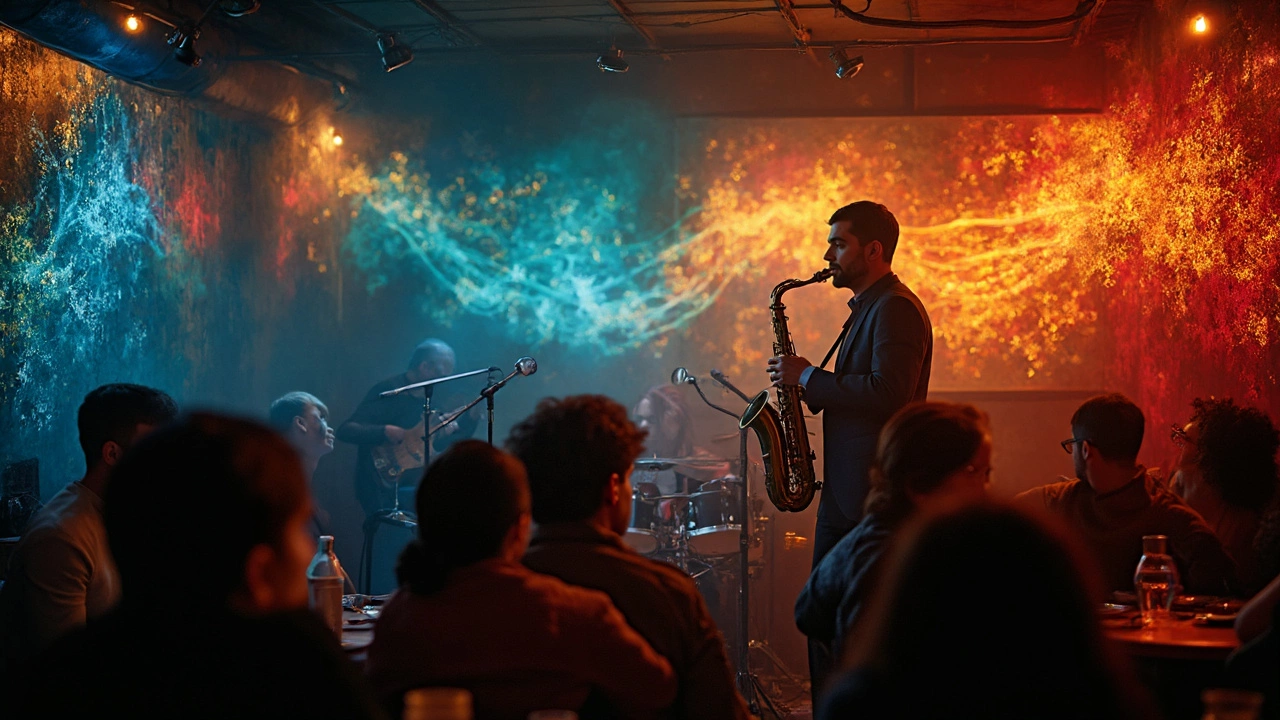Synesthesia in Art and Music: A Practical Guide
Ever wonder why some paintings look like music or why a song feels like a color? That’s synesthesia – a brain quirk where one sense sparks another. Artists use it to turn sound into color, texture into tone, and emotions into shapes. No need to be a scientist; you can tap into it with simple tricks.
What Is Synesthesia?
Synesthesia is when a person automatically connects two senses. A musician might see blue when hearing a C note, while a painter might taste orange when looking at red. It’s real, not just imagination, and many famous creators report it. Think of Kandinsky, who said his paintings were visual music, or Pharrell, who says he hears beats as colors.
For most of us, the brain can still make similar links if we practice them. The goal isn’t to force weird sensations but to use the idea to spark fresh ideas. When you try to match a mood in a painting with a song, you’re borrowing the synesthetic mindset.
Using Synesthesia in Your Work
Start with a song you love. Play it while you sketch. Ask yourself: what color does the bass drum feel like? What shape does the chorus take? Grab a paintbrush or a digital tool and turn those answers into marks on the canvas. Don’t worry about perfect matches – the point is to keep the feeling flowing.
If you work with sculpture, listen to a rhythm and let the beat guide the curve of the material. A slow, deep tone might suggest a broad, rounded form, while a sharp staccato could inspire angular cuts. The material doesn’t have to be traditional; even recycled stuff works. Think of using cheap sculpture materials like cardboard or clay and let the music decide the shape.
When writing about art, describe the colors or textures you hear in a piece. Readers who aren’t synesthetic can still imagine the link. For example, say a portrait’s background feels “like a quiet sunrise” rather than just “light blue.” It adds mood without needing fancy words.
Try a quick exercise: pick a keyword from any of the posts on this site – like “abstract” or “portrait” – and write down the first three sounds you think of. Then pick three colors that feel like those sounds. Use that mini palette for a new piece. You’ll notice how the brain jumps between ideas faster than usual.
Remember, synesthesia isn’t a rulebook. It’s a shortcut to feeling. If a painting feels like a song, you’ve already created a connection that viewers can sense, even if they don’t name it. Keep it playful, keep it real, and let the senses talk to each other.

10 Jun 2025
This article digs into the question of what color best describes jazz, blending science, history, and personal stories. Expect to learn how musicians and listeners actually perceive the sound of jazz in terms of color. Discover interesting tidbits about synesthesia and famous artists who connected colors and notes. Get practical tips on how to create your own visual map of jazz, even if you don’t play an instrument. By the end, you’ll see jazz with new eyes—and maybe even paint your next playlist.
Continue reading...
